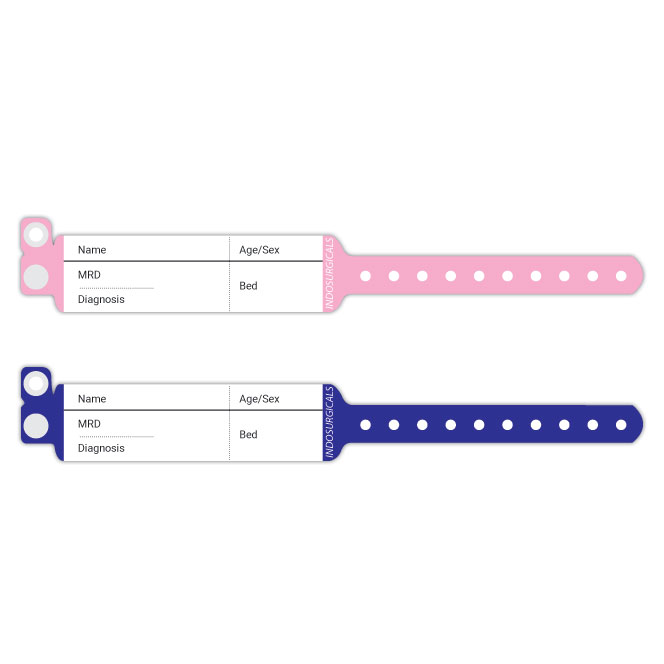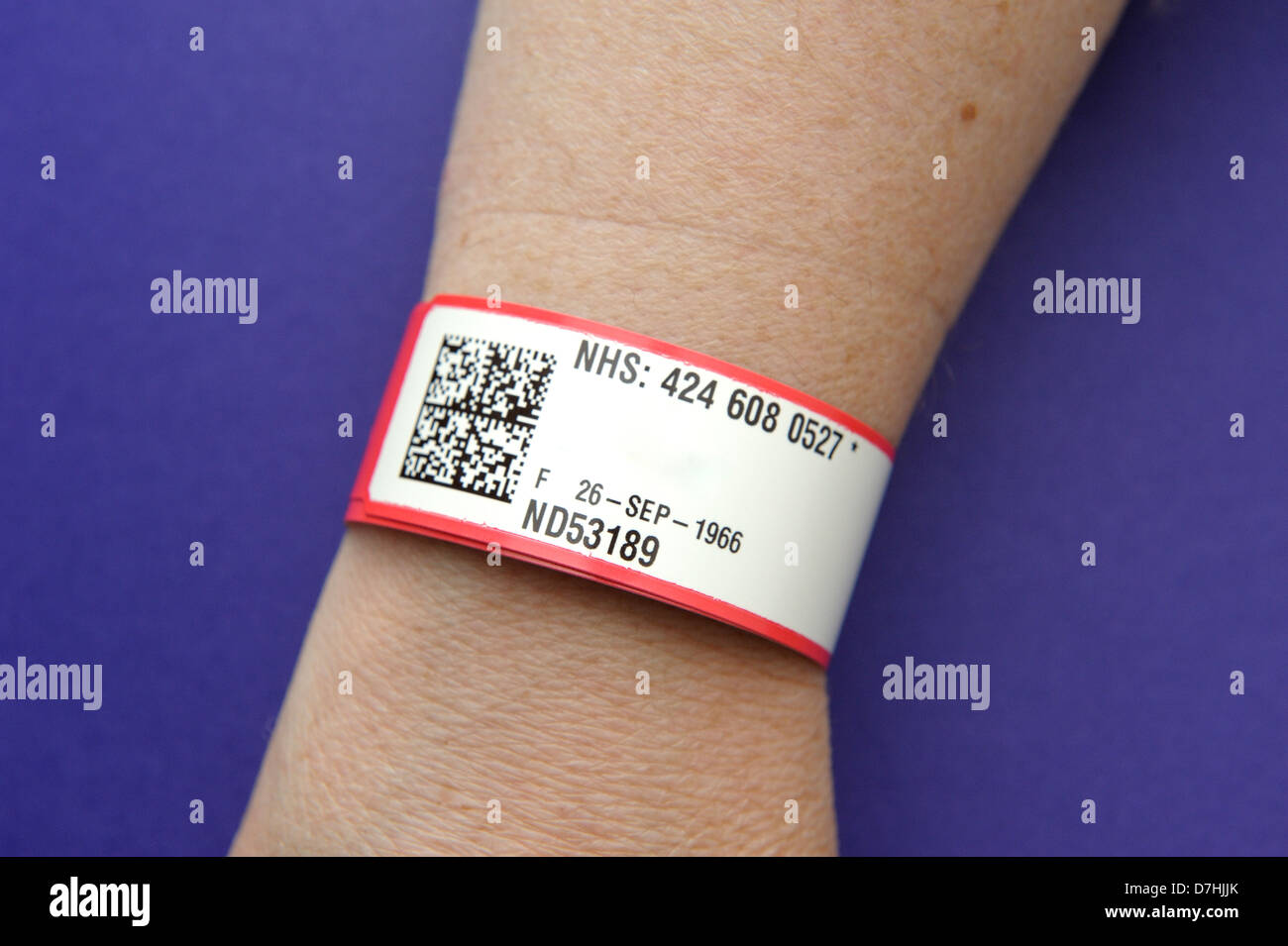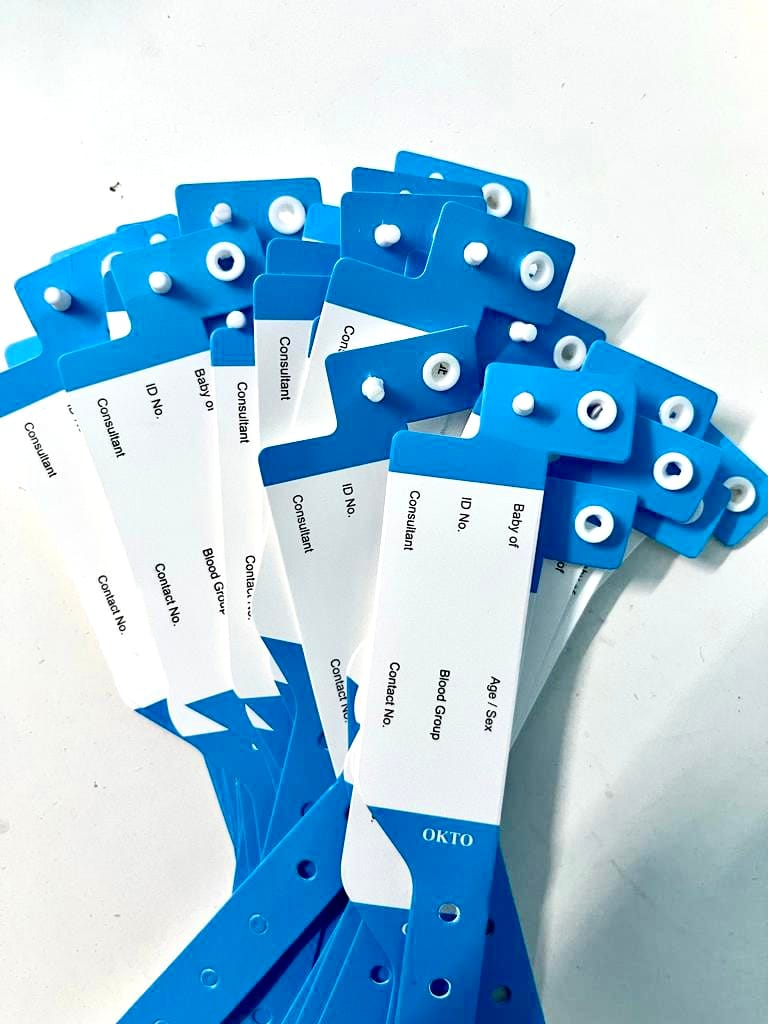Simplify Patient Administration with a Properly Designed Patient Identification Band
Simplify Patient Administration with a Properly Designed Patient Identification Band
Blog Article
Enhancing Client Treatment With Effective Identification Bands
The application of effective recognition bands is a pivotal component in improving person care within medical care settings. These bands not just offer to reduce the threats associated with patient misidentification however additionally streamline communication among clinical employees, thus promoting a safer atmosphere. Numerous sorts of recognition bands accommodate particular requirements, from sturdy wristbands for adults to specialized bands for infants and essential cases. As the landscape of client identification develops, one need to take into consideration the effects of these systems on total medical care delivery and client results. What innovations wait for in this crucial area?
Value of Person Recognition
Ensuring accurate patient recognition is vital in health care settings, as it directly impacts the security and high quality of treatment provided. Misidentification can result in major errors, consisting of providing the incorrect drug, executing inaccurate treatments, or miscommunicating crucial individual details. Such mistakes not just endanger client safety but can additionally lead to legal ramifications and lowered rely on medical care systems.
Efficient person identification is fundamental to developing a safe atmosphere where patients obtain customized and proper treatment. It assists in the accurate paperwork of case histories, allergies, and treatment strategies, ensuring that doctor have access to essential details whatsoever times. Furthermore, durable identification procedures assist streamline interaction among clinical personnel, enhancing partnership and decreasing the threat of mistakes.

Kinds of Recognition Bands
Recognition bands play a vital function in keeping accurate individual records and enhancing security within medical care settings. Different sorts of recognition bands are utilized to satisfy the specific requirements and needs of different client populaces.

Another kind is the ankle joint band, which is especially useful for infants and infants, making certain that recognition stays undamaged even during treatment procedures. Specialized bands, such as those for allergic reaction informs or drop danger signs, give extra layers of safety and security by attracting prompt focus to essential person conditions.
Lately, electronic identification bands have gained popularity, integrating barcodes or RFID technology that can be scanned to rapidly get person information. These bands improve process and decrease the risk of human error throughout patient identification processes.
Benefits of Reliable Identification
Effective identification of clients through making use of identification bands adds dramatically to total client safety and care high quality. By making sure that each individual is properly recognized, healthcare carriers can properly match medical treatments and treatments to the proper individual, minimizing the threat of mistakes. This is especially vital in environments with high person turnover, where the capacity for misidentification read here is higher.
Additionally, efficient identification bands enhance interaction amongst health care groups. Precise and clear individual recognition fosters collaboration and makes sure that all staff member know a patient's specific requirements and case history. This communication is necessary for supplying collaborated treatment, particularly in emergency situation scenarios where time is essential.

Eventually, reliable recognition with the usage of identification bands not just safeguards patients but additionally advertises a society of security within medical care centers (Patient Identification Band). By focusing on precise recognition, health care companies can boost results and improve the general person experience
Executing Identification Systems
While the significance of individual recognition is well recognized, the implementation of durable identification systems postures a complex challenge for health care companies. Establishing efficient identification systems requires a detailed strategy, including modern technology, employees training, and process combination.
First, organizations must choose suitable recognition technologies, such as barcode scanning, RFID, or biometric systems. Patient Identification Band. These modern technologies must be reviewed based upon cost, usability, and compatibility with existing facilities. A pilot program can aid determine prospective problems prior to full-scale execution
Following, detailed training for staff is essential. All workers have to recognize the relevance of exact person recognition and be competent in making use of the chosen modern technologies. Routine training updates and assessments can strengthen best practices and make certain continued compliance.
In addition, medical care companies must establish standardized treatments for patient identification throughout all divisions, lessening disparities and improving interaction. Normal audits can help identify voids in adherence to these methods.

Inevitably, a reliable great site implementation of recognition systems not only enhances individual safety and security but additionally cultivates a society of accountability and diligence within medical care setups, guaranteeing trustworthy and consistent client care.
Future Trends in Patient Recognition
Advancements in technology are readied to change patient recognition techniques in health care setups. The integration of biometric identification approaches, such as fingerprinting and face recognition, is anticipated to enhance accuracy and security. These technologies can considerably lower the threat of misidentification, making certain that people get the proper therapies and medicines.
Moreover, the application of blockchain innovation for person records is gaining grip. This decentralized strategy can give a tamper-proof and safe approach for managing patient identifications, thereby streamlining accessibility to essential information throughout various healthcare service providers.
One more fad is the boosting use mobile health applications that take advantage of QR codes for person identification. These applications permit real-time updates and simple access to patient information, equipping healthcare specialists to make enlightened decisions swiftly.
In addition, expert system (AI) is positioned to play a key duty in analyzing individual recognition data, recognizing patterns, and forecasting prospective identification mistakes prior to they occur.
As these technologies progress, they promise not just to improve client security but additionally to boost the total efficiency of health care distribution systems. Welcoming these developments will be critical for future-proofing patient treatment techniques.
Conclusion
To conclude, efficient identification bands are necessary for boosting patient safety and care quality within healthcare settings. By decreasing the threats related to misidentification, these bands help with prompt and exact information retrieval, eventually enhancing see this here interaction amongst doctor. The implementation of robust recognition systems not just promotes a society of safety and security yet likewise positions medical care organizations to adapt to future fads in patient recognition innovation, guaranteeing ideal outcomes for individuals in varied scientific environments.
As the landscape of patient recognition evolves, one have to take into consideration the implications of these systems on total healthcare delivery and patient results.Effective client identification is essential to developing a protected setting where clients receive tailored and ideal treatment. Eventually, prioritizing effective individual recognition techniques not just promotes a culture of safety but also adds to improved patient outcomes and general complete satisfaction with healthcare solutions.
Effective recognition of individuals through the usage of recognition bands adds substantially to total person security and care high quality. The execution of durable identification systems not just promotes a culture of safety yet also positions medical care organizations to adjust to future trends in person recognition innovation, making sure optimum results for patients in diverse medical environments.
Report this page